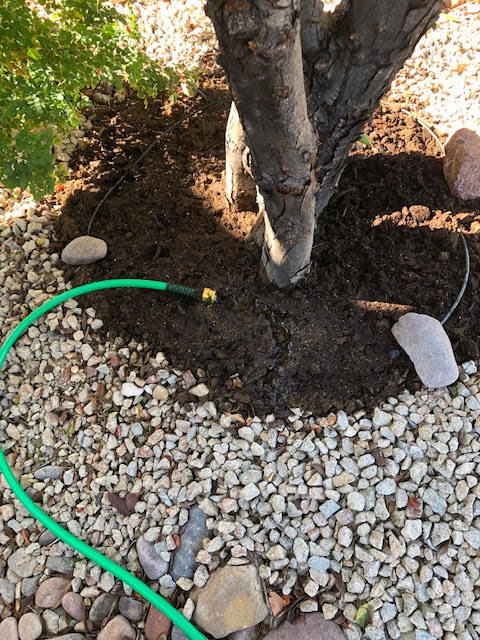I will go to an HOA Condominium Board meeting to talk
about how this HOA can reduce its residential water use. I offered my service for
free. If they take notes or visit this blog, it will guide them through this
nightmare. I have no idea how many parts this topic will have, “How to reduce
water use in a condominium HOA”.
HOA Water Bill
This HOA is concerned about their water bill. In most
cases their landscape water use in Las Vegas is about 70% of their total water
use. The remainder represents interior use. Some condominiums or townhomes within
an HOA have their domestic water use metered and some do not. I would guess (without
talking to them) landscape water use represents the highest cost for the HOA on
its monthly bills. One thing we know for sure, the cost of water ain’t goin’
down. I believe Samuel Clemens (Mark Twain) once remarked, “Whiskey
is for drinking and water is for fighting.” First, estimate how much water you are using. Yes, it is an estimate.
1. Gather your water bills for the past 12 months and plot this water use, month by month, for the entire year. This represents your total water use (in-house and landscape) and not your landscape water use alone.
Your total water use should follow a "bell-shaped" curve with the lowest amounts used during the winter and the highest during the summer.
 |
Annual plant water use curve for Las Vegas for averaged three years. Your total water use should follow the same pattern. Notice the bars follow a "bell-shape" from lowest water use values (months 1 and 12) during mid-winter to its highest water use values (months 6 and 7) during mid-summer.
Separate out interior water use from landscape water use. Landscape water use represents about 70% of total water use. Younger families typical use more interior water than older families.
Measure your irrigated landscaped areas: |
2. Measure the square footage of the landscape you are watering. It does not have to be exact but the more exact your measurements, the more exact is your estimate.
Actual measurements can be done (most accurate) but these measurements can be taken from an "as built" blueprint or site plan of the landscape or from satellite images (Google Maps). But the measurements should be verified with ground measurements. It is very important that ALL the areas represented by the water bill(s) are included and these are verified.
Most landscape plans are drawn to a scale of 1:10, which means that 10 feet on the ground equals 1 inch on paper. For example, a 100-foot driveway would be 10 inches on paper.
Consider any pools to be part of the landscape area. Pool water evaporation is slightly more than the same area covered in grass unless the pool is covered. Water features are tricky. Submeter them if you think it is important to consider.
Determine which what category of landscape water use you are in:
3. Use this conversion for changing gallons into cubic feet of water or vice versa.
One cubic foot of water = 7.48 gallons
One gallon of water = 0.1337 cubic foot
Landscaped water use categories
0 - 2 feet of water covering the irrigated landscaped area (you are doing a great job!)
3 - 4 feet of water covering the irrigated landscaped area (marginally acceptable)
5 - 6 feet of water covering the irrigated landscaped area (you can do better!)
Are you satisfied with your landscaped water use category? Want to save water?
If you want to save water, go to Part 2.





























